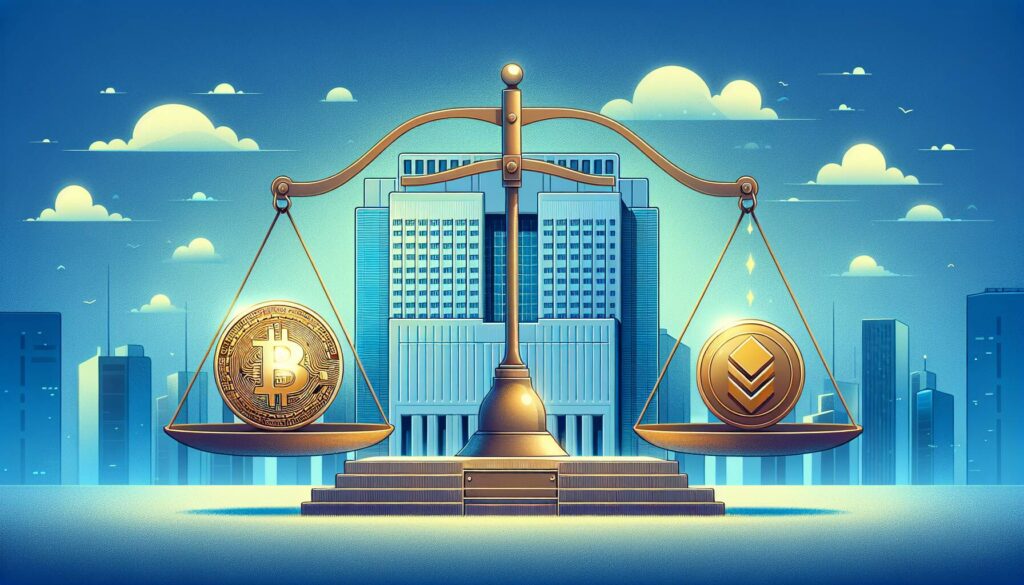The cryptocurrency landscape continues to evolve as regulations around the world respond to its growing impact on energy consumption. Recently, a significant ban has been instituted, aimed explicitly at addressing the electricity demands tied to crypto mining operations. This decision underscores a broader commitment to ensuring that industrial growth aligns with sustainable energy practices.
As the globe strives for greener alternatives, the cryptocurrency industry finds itself at a crossroads, balancing innovation with environmental responsibility.
The central focus of this ban revolves around managing electricity demand more efficiently. By restricting certain operations, this initiative seeks to encourage the use of clean electricity sources, propelling both industrial development and environmental sustainability forward. This move reflects a growing trend where regulatory bodies are increasingly scrutinizing the energy-intensive activities within the cryptocurrency sector.
With rising concerns over climate change and energy resources, the struggle to maintain a balance between technological advancement and environmental stewardship is more critical than ever.
As the situation unfolds, stakeholders in the cryptocurrency space must navigate these new regulations while fostering a commitment to eco-friendly practices. The tension between technological progress and energy consumption is poised to shape the future of cryptocurrency as it endeavors to meet the world’s energy needs without compromising the environment.

The Impact of Electricity Demand Management and Clean Energy Initiatives
Understanding the implications of the new electricity ban is crucial for individuals and industries alike. Here are the key points:
- Electricity Demand Management:
- Regulates usage to prevent outages.
- Encourages efficient consumption practices among users.
- Promotion of Clean Electricity:
- Supports transition from fossil fuels to renewable energy sources.
- Reduces carbon footprint and environmental impact.
- Impact on Industrial Development:
- Attracts businesses that prioritize sustainability.
- Enhances the reputation of regions committed to clean energy.
- Potential Impact on Consumers:
- May lead to higher costs if infrastructure upgrades are required.
- Provides opportunities for energy-saving incentives and rebates.
Adopting clean energy and managing electricity demand can lead to a more sustainable future for both industries and consumers.
Electricity Demand Management: New Ban Drives Clean Energy Initiatives
The recent ban aimed at managing electricity demand while promoting clean energy in industrial development presents a significant shift in the energy landscape. Similar initiatives have been noted in various regions, but this particular effort stands out due to its comprehensive approach to both environmental sustainability and economic growth. By prioritizing clean electricity, the ban not only addresses urgent climate concerns but also sets a precedent for other regions looking to modernize their energy practices.
Competitive Advantages: The main advantage of this ban is its potential to foster innovation within renewable energy sectors. Industries that successfully adapt to cleaner energy sources may gain a competitive edge by reducing operational costs associated with fossil fuels and improving their sustainability profiles. Businesses focused on green technology can thrive, benefiting from increased demand for their products and services driven by this regulatory change. Furthermore, municipalities and individuals who invest in clean energy solutions may enjoy financial incentives, enhancing their overall economic landscape.
Disadvantages: However, the shift might create challenges, particularly for industries heavily reliant on traditional energy sources. The abrupt ban could lead to transitional hurdles, including increased operational expenses as businesses invest in new technologies or adjustments in their supply chains. Smaller companies, in particular, may struggle to meet the new standards, potentially leading to disadvantages in competition compared to larger, more established firms that can more readily adapt.
This ban can greatly benefit energy-forward communities and environmentally conscious businesses looking to align their operations with sustainable practices. Conversely, industries that are slow to adapt to the clean energy transition may face obstacles, including rising costs and decreased competitiveness in an increasingly eco-aware market. As the landscape evolves, stakeholders will need to navigate these changes carefully to maximize benefits while mitigating challenges associated with the enforcement of such regulations.

















